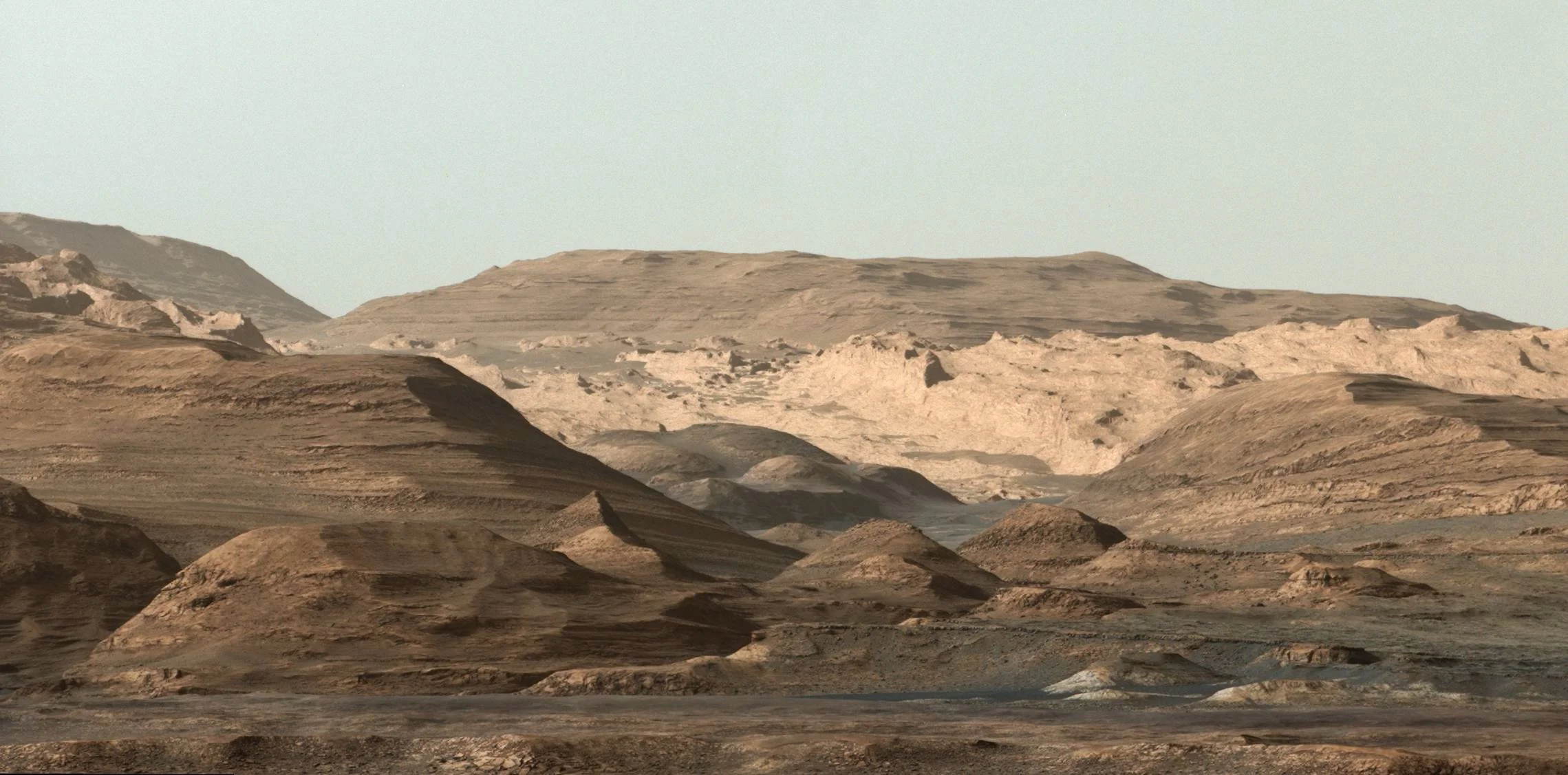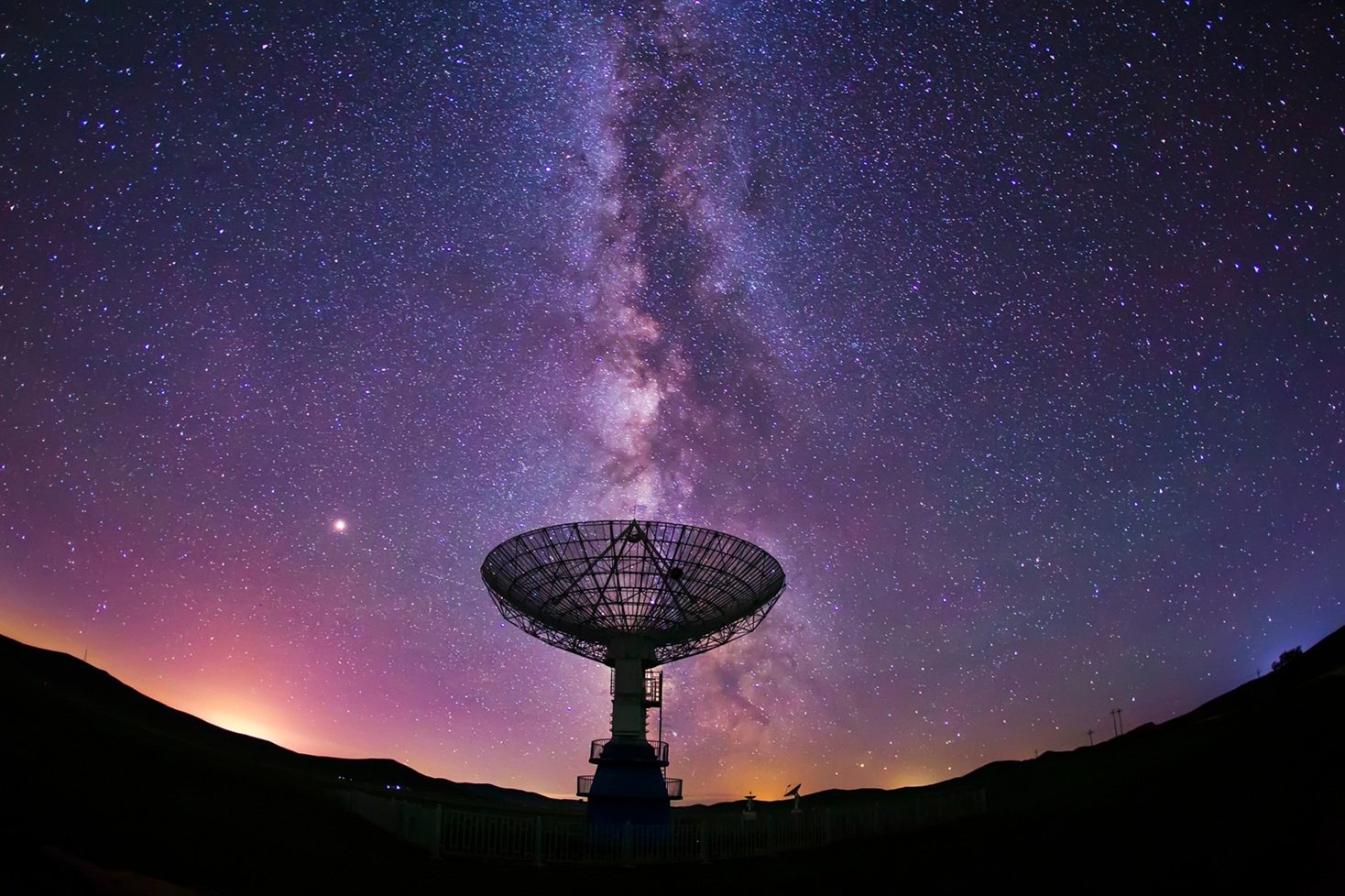Most of us are familiar with the fact that it is incredibly expensive to transport materials to even relatively close by planets like Mars. As a matter of fact, scientists calculated that transporting just one brick to the red planet would set you back about 2 million dollars.
Taking these truly astronomical costs into account means that we will probably need to get most of our building materials on location. Worry not though, as scientists from the University of Manchester just made a giant stride forward in this department.
Future Mars colonists will have to use on-site materials to create settlements - (Image Credit: Dotted Yeti via Shutterstock)
The Manchester scientists looked at reducing the cost of building settlements on Mars from a non-traditional angle and came up with a material resembling concrete. However, unlike the terrestrial variant, this 'cosmic concrete' is created out of blood, sweat, and tears of astronauts alongside Martian dust.
In their paper, published in the science journal Materials Today Bio, the team describes that a protein found in human blood, coupled with a component derived from either sweat, urine, or tears, could create a material more robust than regular concrete when used to bond martian or lunar soil. This cosmic concrete would be very suitable for construction in extraterrestrial environments.
Building a Mars colony comes with astronomical costs
As mentioned in the introduction, transporting just a single stone brick to the red planets costs about 2 million USD. Although Mars is probably further away than you would think (a subject we touched on in our astronomical distances from a human perspective article), it is still a tremendous amount of money. What this means is that future Mars colonists will have to employ resources they can obtain on-site for construction and shelter.
In their paper, the Manchester scientists showed that the most abundant protein found in human blood plasma, known as human serum albumin, can behave as a binder for simulated Martian or lunar dust to create a concrete-like material. The resulting material, coined AstroCrete, had compressive strengths as high as 25 MPa (Megapascals), which is slightly better than the 20–32 MPa seen in conventional concrete.
The science team created Moon and Mars biocomposites - AstroCrete - (Image Credit: Dr. Aled Roberts | Research Fellow Future Biomanufacturing Research Hub Manchester Institute of Biotechnology) - Click on image to enlarge
Even better, the team found that adding urea (a biowaste product that the human body creates through sweat, urine, and tears) can make the concrete even stronger. The resulting AstroCrete shows a compressive strength of almost 40 Mpa, which is about two times as strong as regular concrete!
Using ‘AtroCrete’ in future extraterrestrial settlements
According to Dr. Aled Robers, one of the authors, this method of creating concrete (forming AstroCrete) holds significant benefits over other proposed construction methods for future Mars colonies.
Researchers have been aiming to create viable methods to produce concrete-like building materials on Mars for a long time; however, scientists never stopped to think that the solution might have been inside us all this time.
Following calculations, a team of six Mars colonists could manufacture over half a tonne of high-strength AstroCrete during the span of a two-year mission. Each crew member should be able to create enough AstroCrete to extend the habitat to house a second crew member if used as a mortar for sandbags or heat-fused regolith bricks, doubling the housing available with each subsequent mission.
We are slowly getting closer to being able to colonize Mars - Image Credit: u3d via Shutterstock
We live in interesting times, and it seems that we are getting closer and closer to eventually be able to set up on our neighboring planet. In the meantime, as always, we will keep you updated on topics of this nature. Listed below are some more interesting articles on the subject.
Further reading:
Mars colony: how to make breathable air and fuel from brine – new research (Universal-Sci)
Why microbes and not humans should be the first 'Earthly pioneers' to settle on Mars (Universal-Sci)
Mysterious discovery: Mars didn't dry up at once; it had alternating dry and wet eras (Universal-Sci)
Blood, sweat and tears: extraterrestrial regolith biocomposites with in vivo binders (Materials Today Bio)
Structural Challenges for Space Architecture (Structure Magazine)
Putting unfathomable astronomical distances into human perspective (Universal-Sci)
If you enjoy our selection of content, consider subscribing to our newsletter
FEATURED ARTICLES IN SPACE & EXPLORATION:










